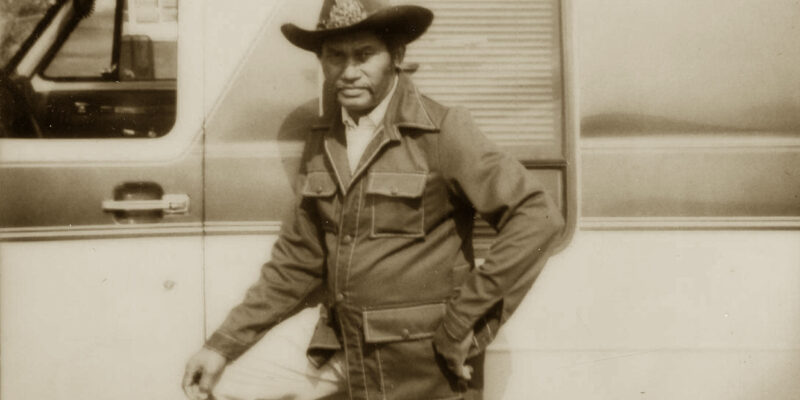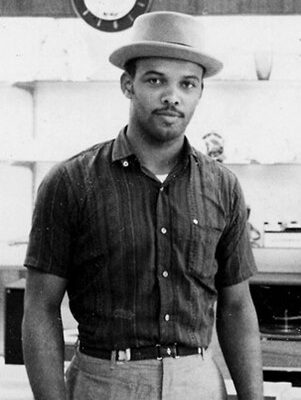by Jim Fitch
As seen in Antiques & Art Around Florida, Winter/Spring 1995
The Highwaymen” is a name I’ve given to a group of black artists working on the East coast of Florida from approximately 1955 to the present. So-called because their marketing and sales strategy consisted of traveling the highways and byways of central Florida, peddling their paintings out of the back of their cars.
Although I’ve identified nearly twenty of these artists still living, they are, for the most part, unknown and have not received credit for their contribution to Florida’s art tradition. In fact, it was these artists who were the bare-bones beginning for Florida’s resident/regional art tradition. Further, their paintings met a growing demand for regional Florida art and served to encourage what has become the Indian River school of painting, perhaps the only school or movement within the state that is recognizable as such.
The story of the Highwaymen begins with one man, now deceased, who has come to be known as the dean of Florida landscape painters, A. E. “Beanie” Backus of Fort Pierce. I use the admittedly arbitrary date of 1950 as a point of beginning because that was the year Bean married Patsy Hutchinson, and his career began to blossom. Unfortunately, Patsy died of complications following heart surgery in 1955. Bean’s love from then on was painting. He devoted himself to his art, the daily consumption of a quantity of rum, good conversation, and good friends. Although Beanie was a white Southerner during a time when racial equality was not yet taken seriously, he was a friend to all. This characteristic, coupled with a natural Bohemian bent, made him the perfect mentor to a group of young black men who had noted the apparent ease with which he made a living. Painting, for them, was perceived as being a way out of the fields and groves.
Most of these young men were content to learn by osmosis, by observation. Beanie’s studio became a place to congregate. One seemed more eager to learn than the others. His name was Alfred Hair. To my knowledge, Alfred was the only one of this group of black men to take formal lessons from Bean and even accompanied him to the Bahamas on occasion. Apparently, Alfred had an entrepreneurial spirit because he later organized some of the others who had hung around Bean’s studio and began to “mass produce” Florida landscape paintings. They were usually done on Upsom board with whatever materials were at hand, including house paint.
It seems that Alfred employed specialists. Some were tree painters, and some painted only skies; others did water. Who signed the paintings was of little concern to anyone. Unfortunately, Alfred Hair was killed in a barroom brawl. Lacking his organizational skills, most of the others went their own ways and began to paint and sell for themselves. Not all of these artists were content to paint by formula. Some went on to develop their talents and skills and have gained respectable reputations. Some retained the highway sales technique.
A few of the more capable artists in this group are Harold Newton, now incapacitated by a stroke, George Buckner, still painting and selling near the thousand dollar range (George and his brother Ellis, now deceased, once operated a gallery in Coral Gables) and Al Black, who in my opinion most typifies the Highwaymen. Somewhere I’ve heard it said that one sure road to success is to “find a need and fill it”. These black artists did just that. Whether we are willing to accept their work as “art” or not is an argument I won’t make. I do know that by painting for the marketplace, they inadvertently created an awareness of and appreciation for Florida regional art. They deserve recognition for that contribution.
The Artists (A partial listing)
Alfred Hair
Harold Newton
A. E. “Beanie” Backus
Curtis Arnett
Hezekiah Baker
Al Black
Ellis Buckner
George Buckner
Robert Butler
Mary Ann Carroll
Johnny Daniels
Willie Daniels
Rodney Demps
James Gibson
Issac Knight
Lewis McDaniels
Roy McLendon
A. Moran
Lemuel Newton
Sam Newton
W.C. Reagan
Livingston Roberts
Charles Walker


